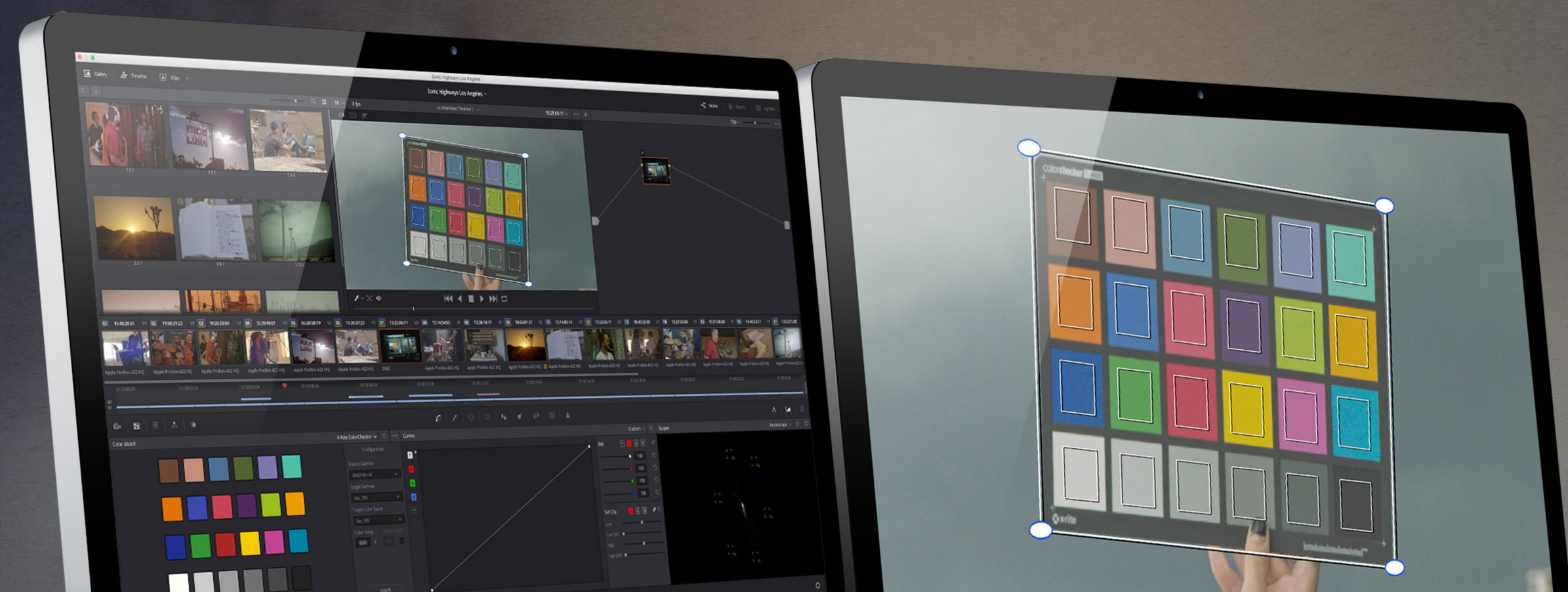
 Full RGB version at 120×80-pixels for comparison. Reconstructed image after interpolating missing color information. Output color-coded with Bayer filter colors. Output of a 120×80-pixel sensor with a Bayer filter. Here’s an example of the stages of a raw image, provided by Wikipedia. The raw output of Bayer-filter cameras is referred to as a Bayer pattern image.” ( Wikipedia) The filter pattern is 50% green, 25% red and 25% blue…. Its particular arrangement of color filters is used in most single-chip digital image sensors used in digital cameras, camcorders, and scanners to create a color image. “A Bayer filter mosaic is a color filter array (CFA) for arranging RGB color filters on a square grid of photosensors. “Raw image files are sometimes described as ‘digital negatives’ though they are not negative images, they fulfill the same role as negatives in film photography: that is, the negative is not directly usable as an image, but has all of the information needed to create an image.” ( Wikipedia)Īt the heart of raw data is the Bayer filter, which was invented by Bryce Bayer in 1976.
Full RGB version at 120×80-pixels for comparison. Reconstructed image after interpolating missing color information. Output color-coded with Bayer filter colors. Output of a 120×80-pixel sensor with a Bayer filter. Here’s an example of the stages of a raw image, provided by Wikipedia. The raw output of Bayer-filter cameras is referred to as a Bayer pattern image.” ( Wikipedia) The filter pattern is 50% green, 25% red and 25% blue…. Its particular arrangement of color filters is used in most single-chip digital image sensors used in digital cameras, camcorders, and scanners to create a color image. “A Bayer filter mosaic is a color filter array (CFA) for arranging RGB color filters on a square grid of photosensors. “Raw image files are sometimes described as ‘digital negatives’ though they are not negative images, they fulfill the same role as negatives in film photography: that is, the negative is not directly usable as an image, but has all of the information needed to create an image.” ( Wikipedia)Īt the heart of raw data is the Bayer filter, which was invented by Bryce Bayer in 1976. 
Most photographers prefer shooting raw footage due to the high quality of images that the camera sensor could possibly produce.” ( Technopedia) It is the unprocessed data from a camera’s image sensor. Technopedia describes it as: “the crude output of a video or still camera recording.

NOTE: Here’s an article I wrote that explains the basics of high dynamic range media.Ī raw file is a direct capture of the sensor data generated by the camera. In this tutorial, I want to explain what these are. Separate from, but essential to, high dynamic range (HDR) media are raw and log files, along with LUTs.







 0 kommentar(er)
0 kommentar(er)
